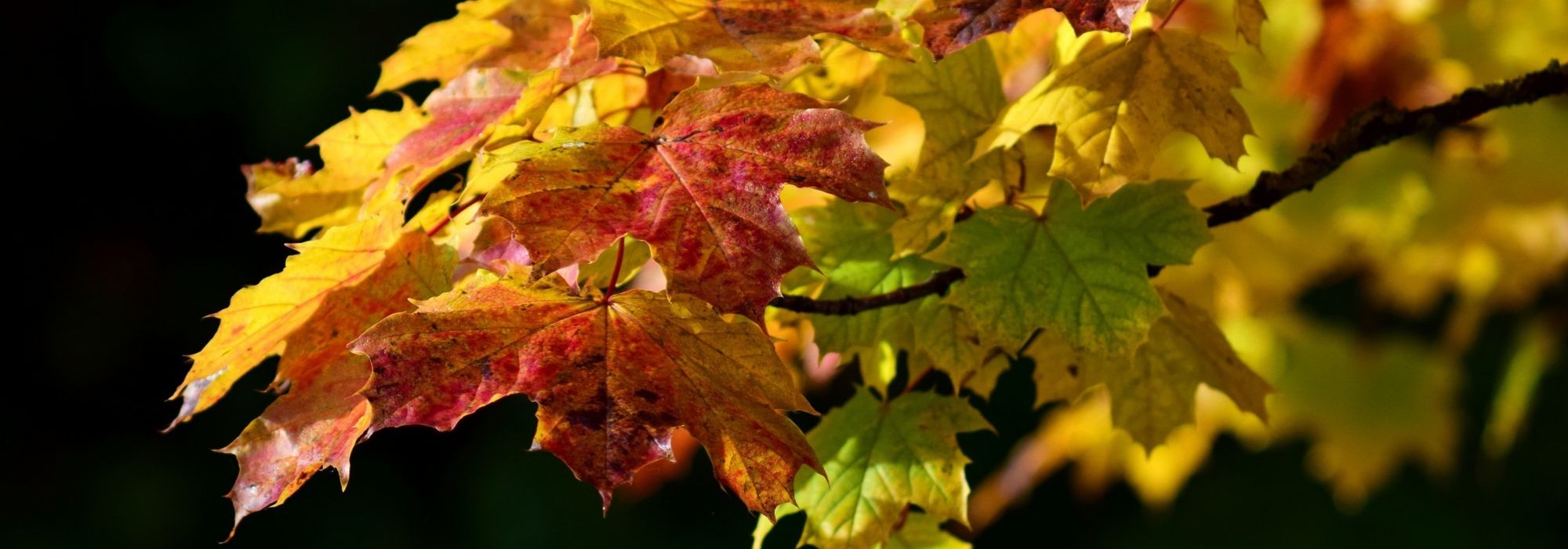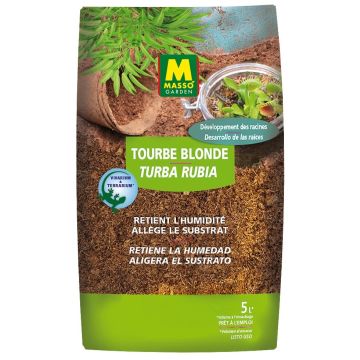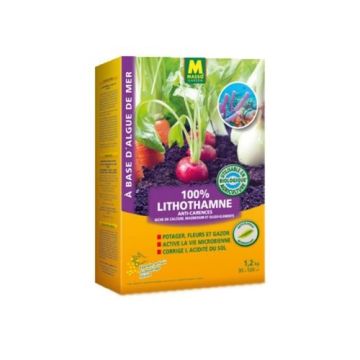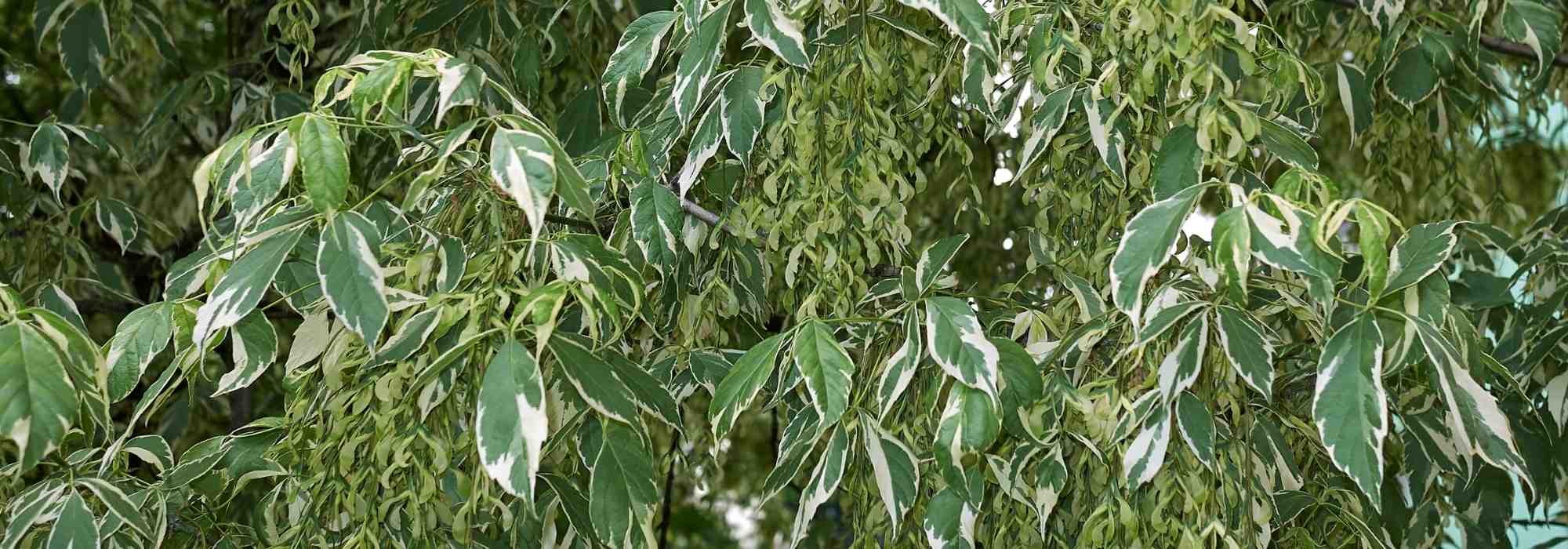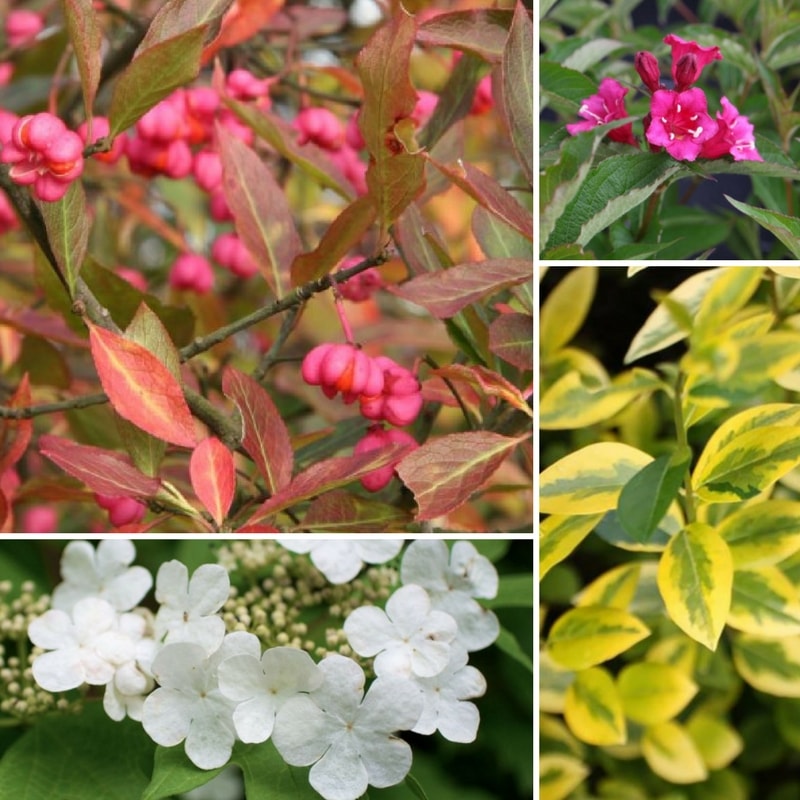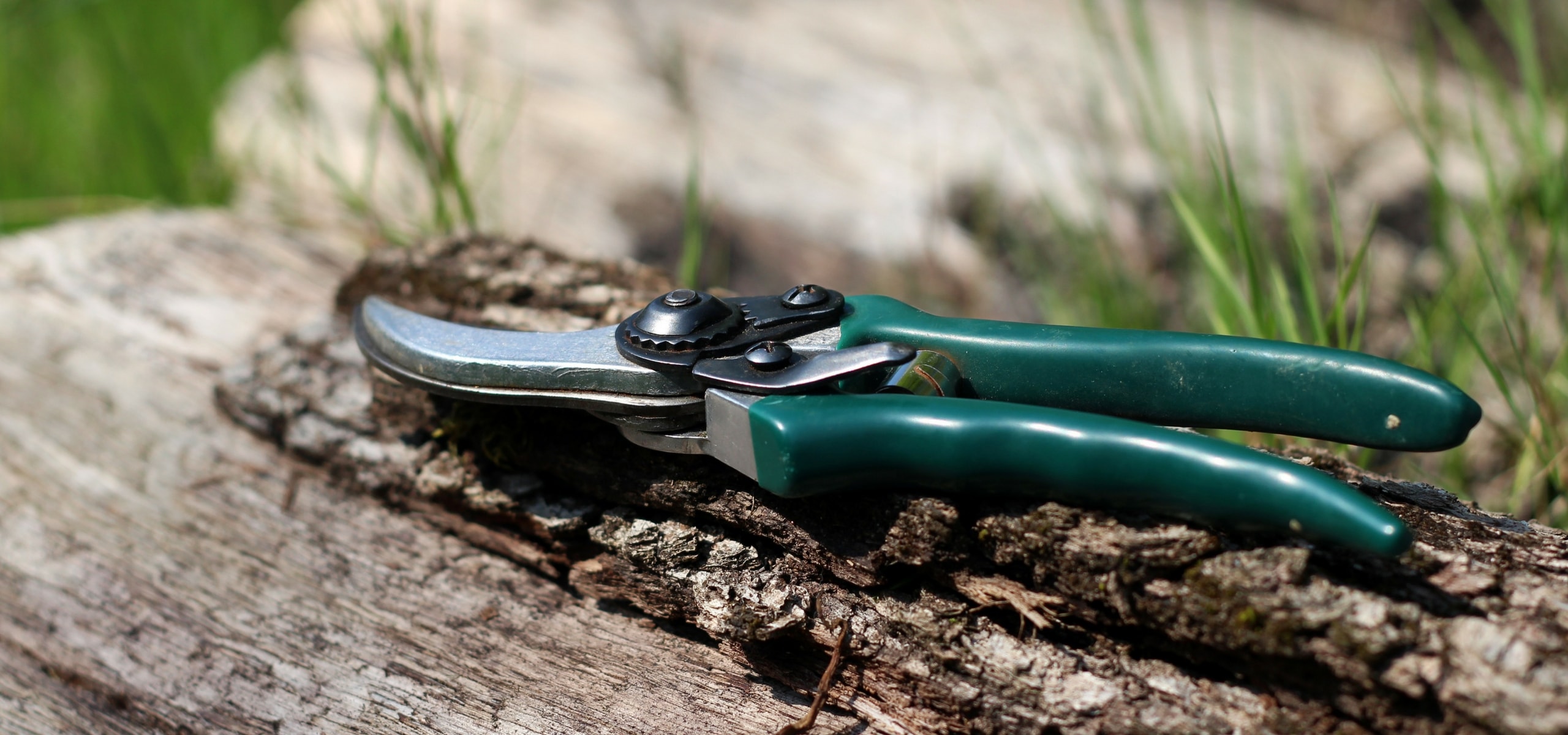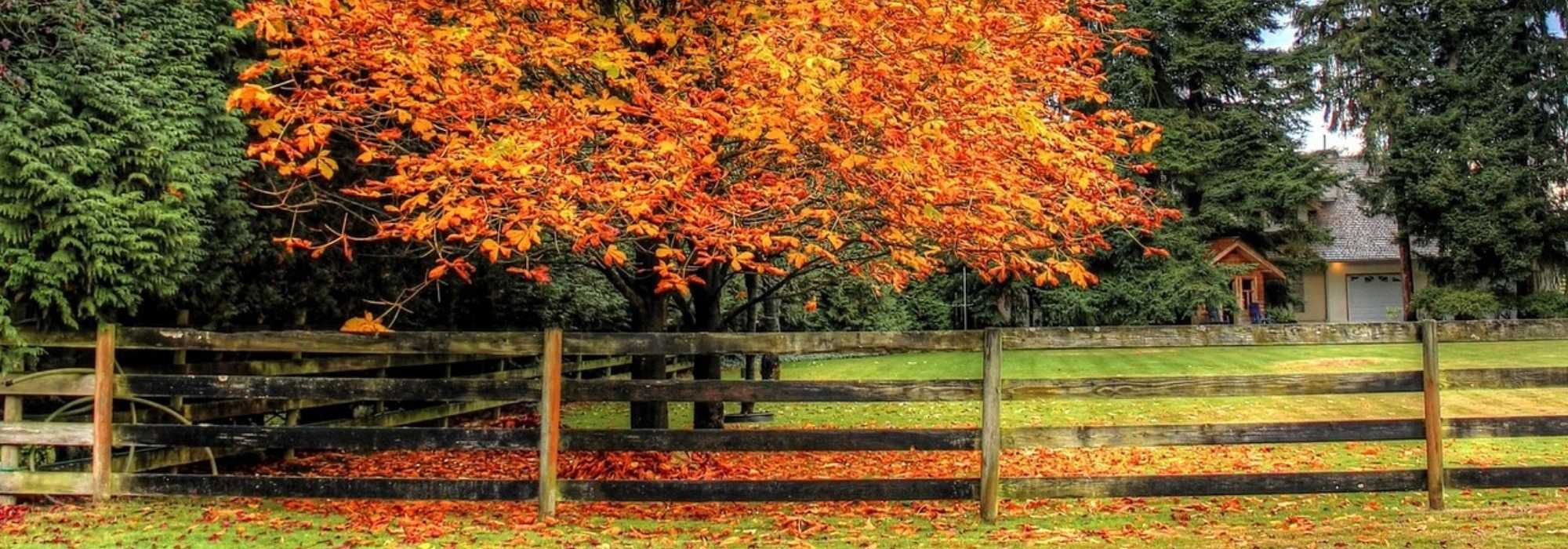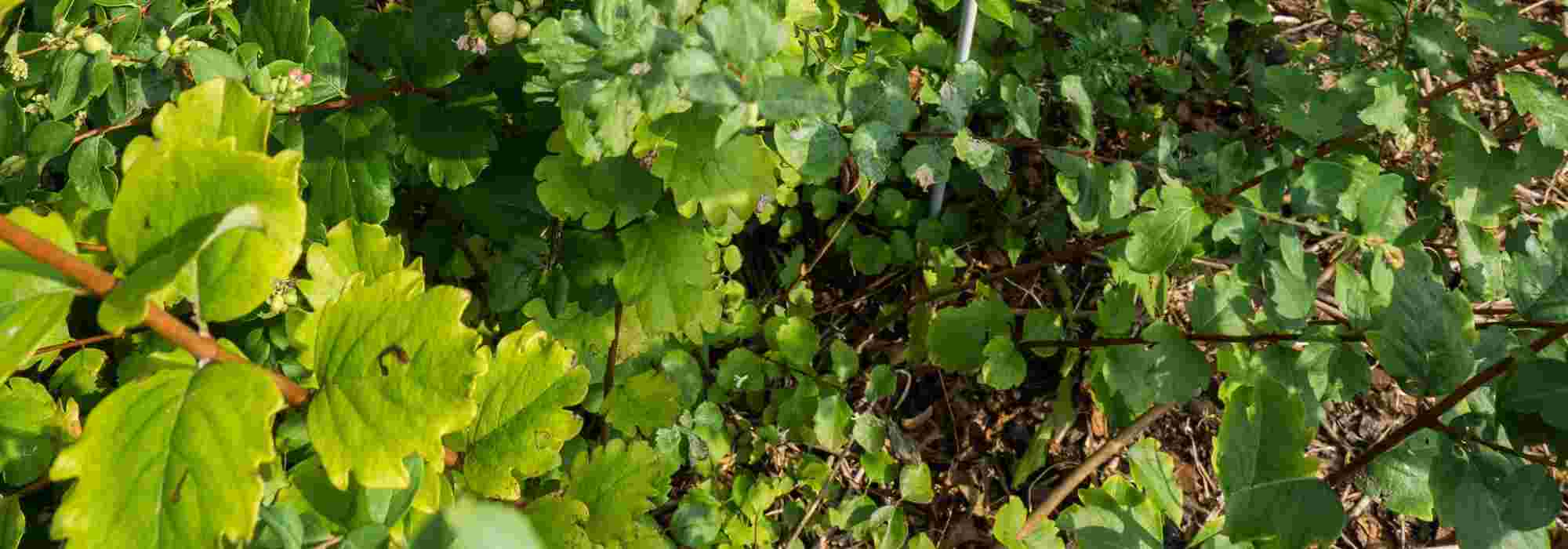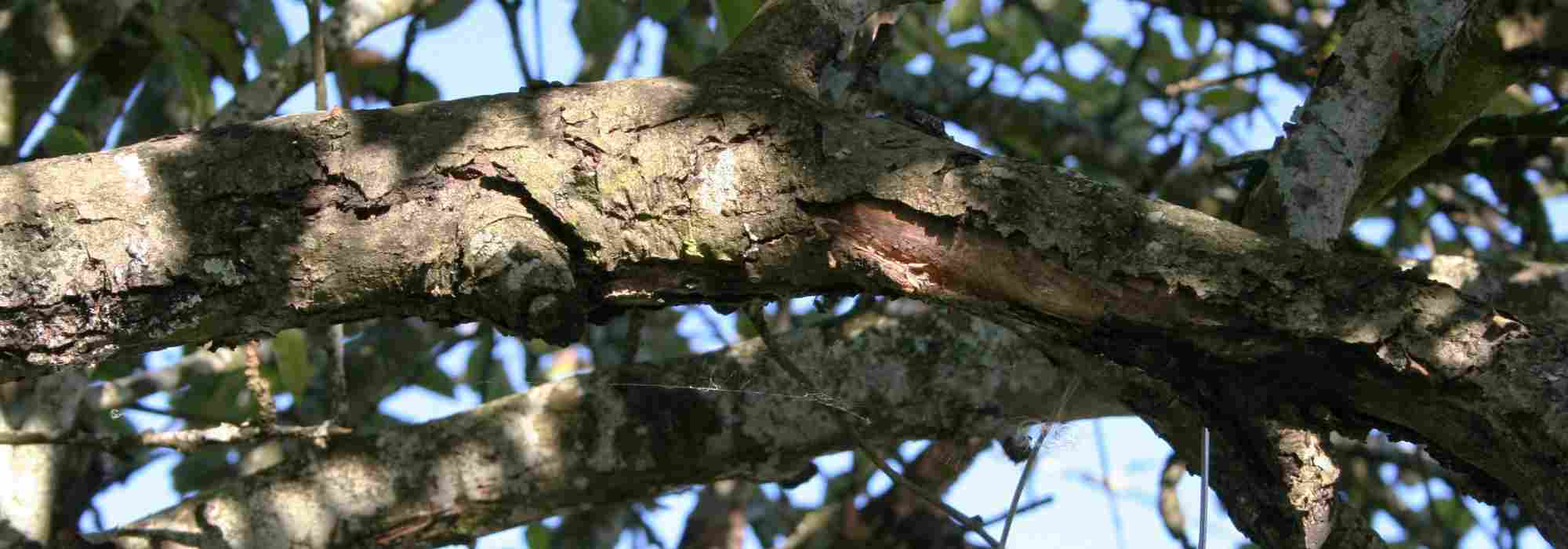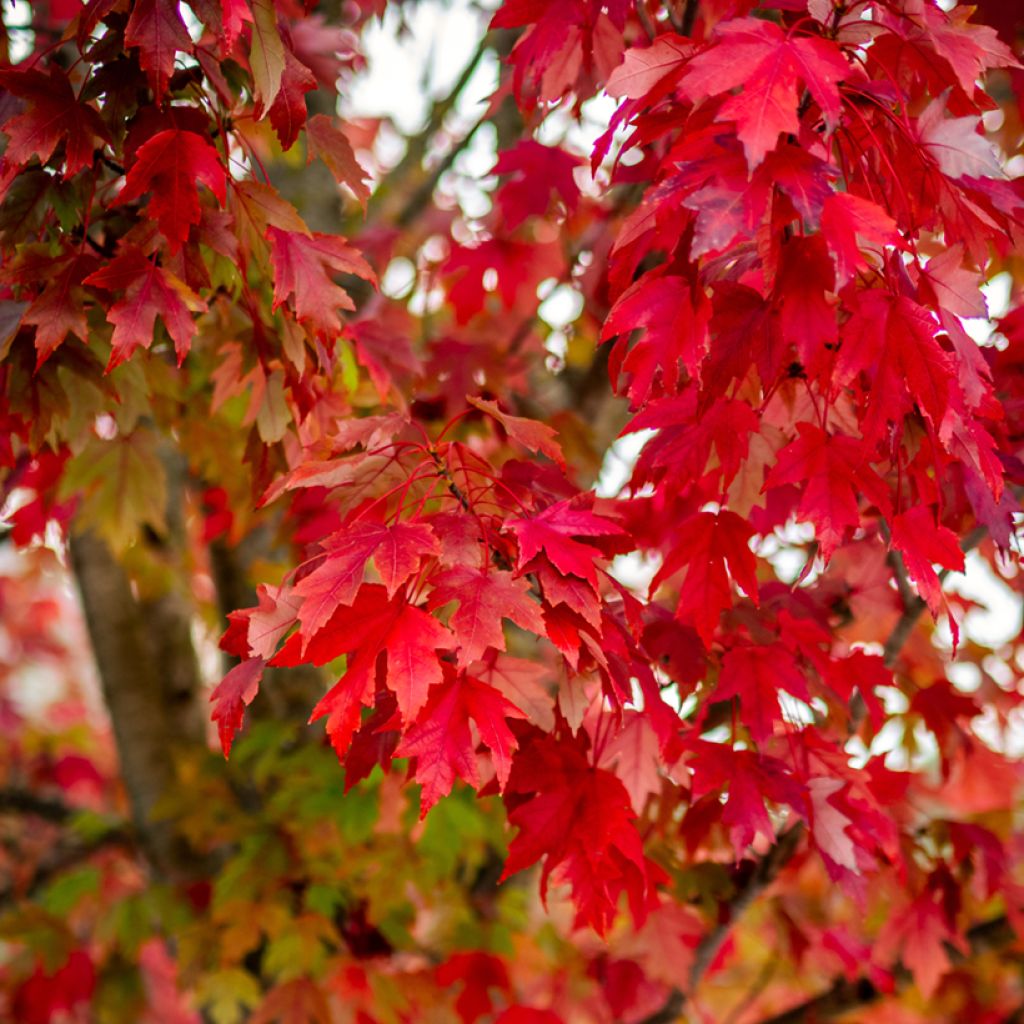

Acer rubrum seeds - Red maple
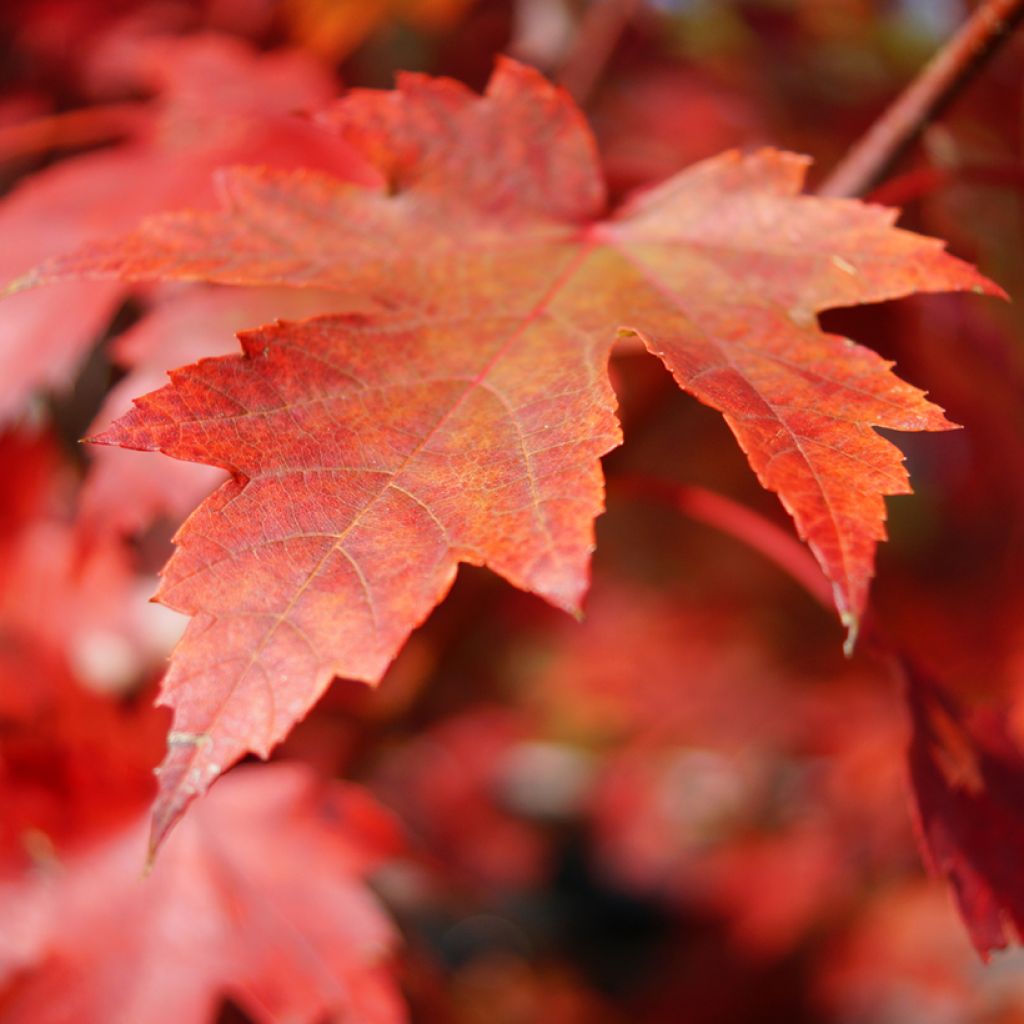

Acer rubrum seeds - Red maple
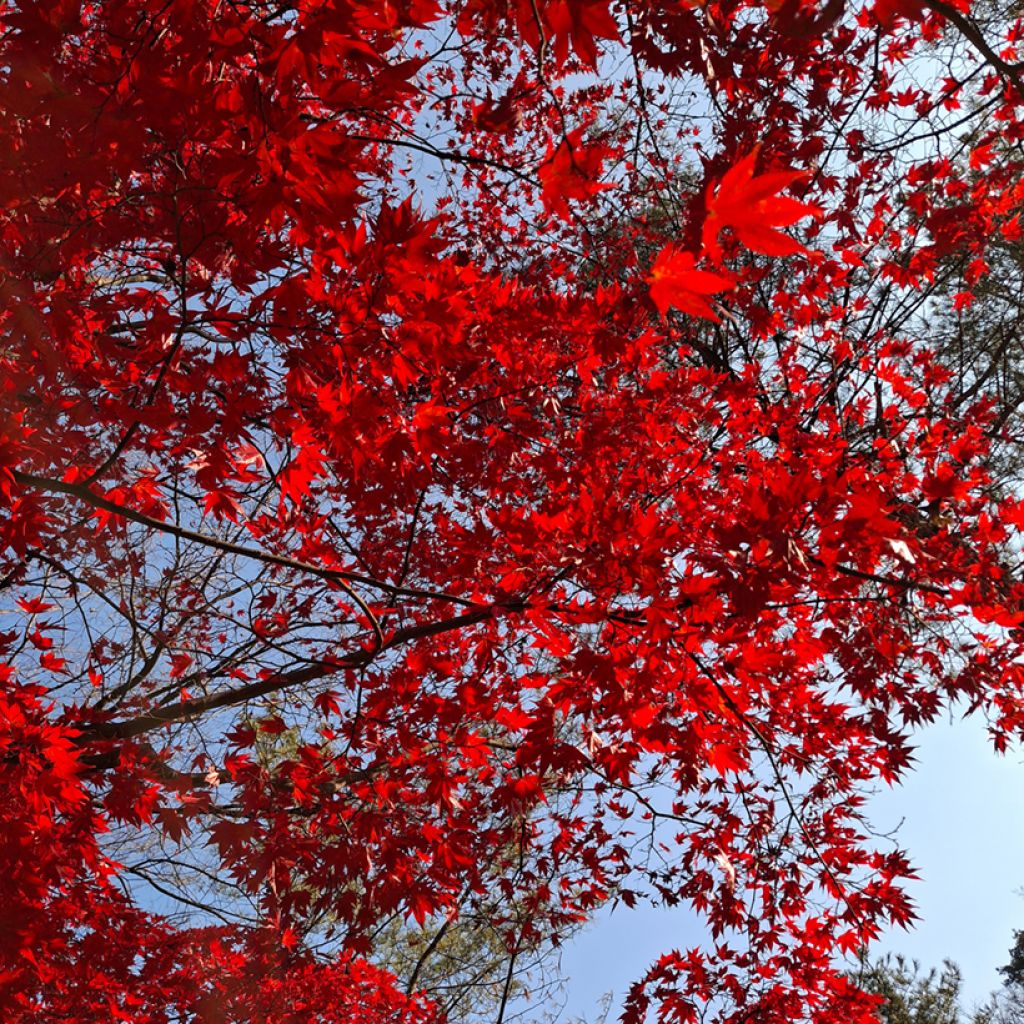

Acer rubrum seeds - Red maple


Acer rubrum seeds - Red maple
Acer rubrum seeds - Red maple
Acer rubrum
Canadian Maple, Red Maple, Virginia Maple
Special offer!
Receive a €20 voucher for any order over €90 (excluding delivery costs, credit notes, and plastic-free options)!
1- Add your favorite plants to your cart.
2- Once you have reached €90, confirm your order (you can even choose the delivery date!).
3- As soon as your order is shipped, you will receive an email containing your voucher code, valid for 3 months (90 days).
Your voucher is unique and can only be used once, for any order with a minimum value of €20, excluding delivery costs.
Can be combined with other current offers, non-divisible and non-refundable.
Home or relay delivery (depending on size and destination)
Schedule delivery date,
and select date in basket
This plant carries a 6 months recovery warranty
More information
We guarantee the quality of our plants for a full growing cycle, and will replace at our expense any plant that fails to recover under normal climatic and planting conditions.
Would this plant suit my garden?
Set up your Plantfit profile →
Description
Acer rubrum, better known as the Red Maple, is a beautiful tree that can be grown from seed. This iconic North American species is primarily found in the northeastern United States and Canada. It is prized for its foliage, which turns a vibrant red with the first frosts in autumn. This deciduous tree also displays red hues on its petals, petioles, and fruits, making it particularly ornamental.
With rapid growth, Acer rubrum can reach 15 metres in height in our climate, and up to 30 metres in its native habitat. Its dense conical habit gives it a majestic appearance, ideal for enhancing parks and gardens. It is hardy and it adapts well to urban environments and tolerates harsh winters. Its palmate leaves, serrated and divided into 3 to 5 pointed lobes, measure about 10 cm long. They turn from red in spring to bright green in summer before blazing into scarlet red in autumn. Early flowering in March precedes the emergence of foliage. Its red, nectar-rich flowers attract pollinators and are followed by winged samaras, much loved by squirrels. The samaras contain seeds that germinate very easily without cold stratification when fresh. With a lifespan of up to 200 years, Acer rubrum is a valuable forest tree, notably exploited for its wood used in cabinetry and joinery. Its bark, initially dark red, turns dark grey with age, cracking into broad decorative plates.
Red Maple thrives in deep, moist to wet soil, preferably acidic and clayey, which intensifies its autumn colours. It can tolerate poorer soils but avoid chalky ground. As a specimen tree in a garden or park, it provides dense and pleasant shade. It can also be incorporated into a mixed hedge, adding colour and volume to the landscape. In a park or large garden, it forms beautiful associations with Red Oak (Quercus rubra), American Sweetgum (Liquidambar styraciflua), and Purple Beech (Fagus sylvatica 'Atropunicea'), for example.
Acer rubrum seeds - Red maple in pictures


Flowering
Foliage
Plant habit
Botanical data
Acer
rubrum
Sapindaceae
Canadian Maple, Red Maple, Virginia Maple
North America
Planting and care
To successfully germinate Acer rubrum seeds, a cold stratification process must be followed to break their dormancy.
Start by soaking the seeds in warm water for 24 hours to rehydrate them. Then, place them in an airtight bag with damp sand or turf, and store them in the refrigerator (between 1 and 5°C) for 60 to 90 days. Ensure consistent moisture by checking the substrate regularly.
After this stratification period, sow the seeds in spring, in a light and well-draining substrate, barely covering them with compost. Keep the soil moist but not waterlogged, and place the pots in a bright location at around 20°C. Germination may take several weeks. Once the young plants are sufficiently developed, transplant them into a wider and deeper pot to help them grow stronger.
They can be planted outdoors once they reach 40 cm in height. Plant them in deep, cool, slightly acidic soil and water them regularly to encourage healthy establishment.
Sowing period
Intended location
Planting & care advice
This item has not been reviewed yet - be the first to leave a review about it.
Haven't found what you were looking for?
Hardiness is the lowest winter temperature a plant can endure without suffering serious damage or even dying. However, hardiness is affected by location (a sheltered area, such as a patio), protection (winter cover) and soil type (hardiness is improved by well-drained soil).

Photo Sharing Terms & Conditions
In order to encourage gardeners to interact and share their experiences, Promesse de fleurs offers various media enabling content to be uploaded onto its Site - in particular via the ‘Photo sharing’ module.
The User agrees to refrain from:
- Posting any content that is illegal, prejudicial, insulting, racist, inciteful to hatred, revisionist, contrary to public decency, that infringes on privacy or on the privacy rights of third parties, in particular the publicity rights of persons and goods, intellectual property rights, or the right to privacy.
- Submitting content on behalf of a third party;
- Impersonate the identity of a third party and/or publish any personal information about a third party;
In general, the User undertakes to refrain from any unethical behaviour.
All Content (in particular text, comments, files, images, photos, videos, creative works, etc.), which may be subject to property or intellectual property rights, image or other private rights, shall remain the property of the User, subject to the limited rights granted by the terms of the licence granted by Promesse de fleurs as stated below. Users are at liberty to publish or not to publish such Content on the Site, notably via the ‘Photo Sharing’ facility, and accept that this Content shall be made public and freely accessible, notably on the Internet.
Users further acknowledge, undertake to have ,and guarantee that they hold all necessary rights and permissions to publish such material on the Site, in particular with regard to the legislation in force pertaining to any privacy, property, intellectual property, image, or contractual rights, or rights of any other nature. By publishing such Content on the Site, Users acknowledge accepting full liability as publishers of the Content within the meaning of the law, and grant Promesse de fleurs, free of charge, an inclusive, worldwide licence for the said Content for the entire duration of its publication, including all reproduction, representation, up/downloading, displaying, performing, transmission, and storage rights.
Users also grant permission for their name to be linked to the Content and accept that this link may not always be made available.
By engaging in posting material, Users consent to their Content becoming automatically accessible on the Internet, in particular on other sites and/or blogs and/or web pages of the Promesse de fleurs site, including in particular social pages and the Promesse de fleurs catalogue.
Users may secure the removal of entrusted content free of charge by issuing a simple request via our contact form.
The flowering period indicated on our website applies to countries and regions located in USDA zone 8 (France, the United Kingdom, Ireland, the Netherlands, etc.)
It will vary according to where you live:
- In zones 9 to 10 (Italy, Spain, Greece, etc.), flowering will occur about 2 to 4 weeks earlier.
- In zones 6 to 7 (Germany, Poland, Slovenia, and lower mountainous regions), flowering will be delayed by 2 to 3 weeks.
- In zone 5 (Central Europe, Scandinavia), blooming will be delayed by 3 to 5 weeks.
In temperate climates, pruning of spring-flowering shrubs (forsythia, spireas, etc.) should be done just after flowering.
Pruning of summer-flowering shrubs (Indian Lilac, Perovskia, etc.) can be done in winter or spring.
In cold regions as well as with frost-sensitive plants, avoid pruning too early when severe frosts may still occur.
The planting period indicated on our website applies to countries and regions located in USDA zone 8 (France, United Kingdom, Ireland, Netherlands).
It will vary according to where you live:
- In Mediterranean zones (Marseille, Madrid, Milan, etc.), autumn and winter are the best planting periods.
- In continental zones (Strasbourg, Munich, Vienna, etc.), delay planting by 2 to 3 weeks in spring and bring it forward by 2 to 4 weeks in autumn.
- In mountainous regions (the Alps, Pyrenees, Carpathians, etc.), it is best to plant in late spring (May-June) or late summer (August-September).
The harvesting period indicated on our website applies to countries and regions in USDA zone 8 (France, England, Ireland, the Netherlands).
In colder areas (Scandinavia, Poland, Austria...) fruit and vegetable harvests are likely to be delayed by 3-4 weeks.
In warmer areas (Italy, Spain, Greece, etc.), harvesting will probably take place earlier, depending on weather conditions.
The sowing periods indicated on our website apply to countries and regions within USDA Zone 8 (France, UK, Ireland, Netherlands).
In colder areas (Scandinavia, Poland, Austria...), delay any outdoor sowing by 3-4 weeks, or sow under glass.
In warmer climes (Italy, Spain, Greece, etc.), bring outdoor sowing forward by a few weeks.






























